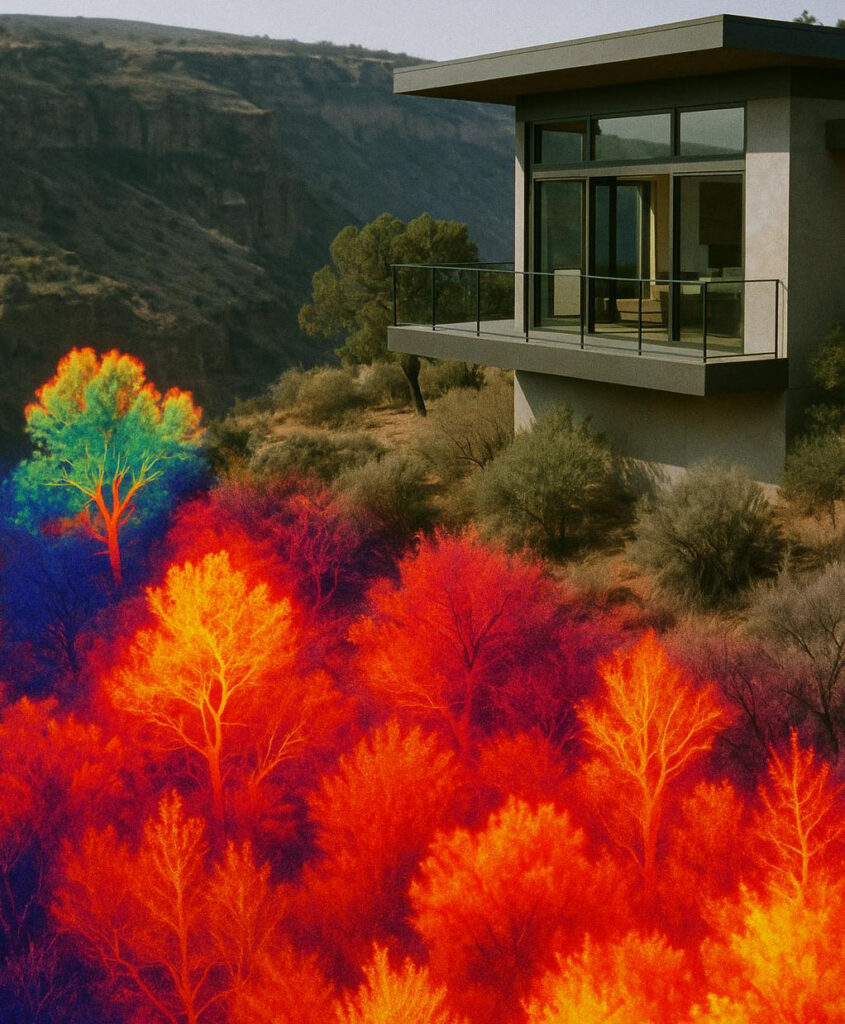


“Low, Lean, and Green”: Minimize all combustible materials close to structures.
Reduced Fuel Zone: Thin and separate vegetation to interrupt fire spread.

Quantify canopy bulk density, fuel weight, height, and base height for every acre.
Demonstrate defensible-space compliance to unlock insurance premium discounts.
Fully processed, interactive reports delivered in 48 hours.
Quarterly subscription plans track your mitigation progress year-round.





